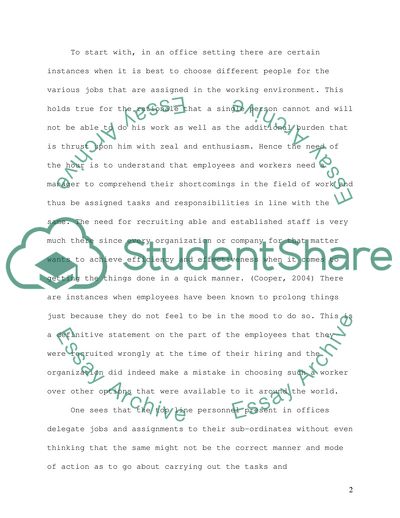Cite this document
(The Implications of an Increasingly Diverse Workforce on Human Resourc Outline - 11, n.d.)
The Implications of an Increasingly Diverse Workforce on Human Resourc Outline - 11. Retrieved from https://studentshare.org/human-resources/1716158-human-resource-management
The Implications of an Increasingly Diverse Workforce on Human Resourc Outline - 11. Retrieved from https://studentshare.org/human-resources/1716158-human-resource-management
(The Implications of an Increasingly Diverse Workforce on Human Resourc Outline - 11)
The Implications of an Increasingly Diverse Workforce on Human Resourc Outline - 11. https://studentshare.org/human-resources/1716158-human-resource-management.
The Implications of an Increasingly Diverse Workforce on Human Resourc Outline - 11. https://studentshare.org/human-resources/1716158-human-resource-management.
“The Implications of an Increasingly Diverse Workforce on Human Resourc Outline - 11”, n.d. https://studentshare.org/human-resources/1716158-human-resource-management.


